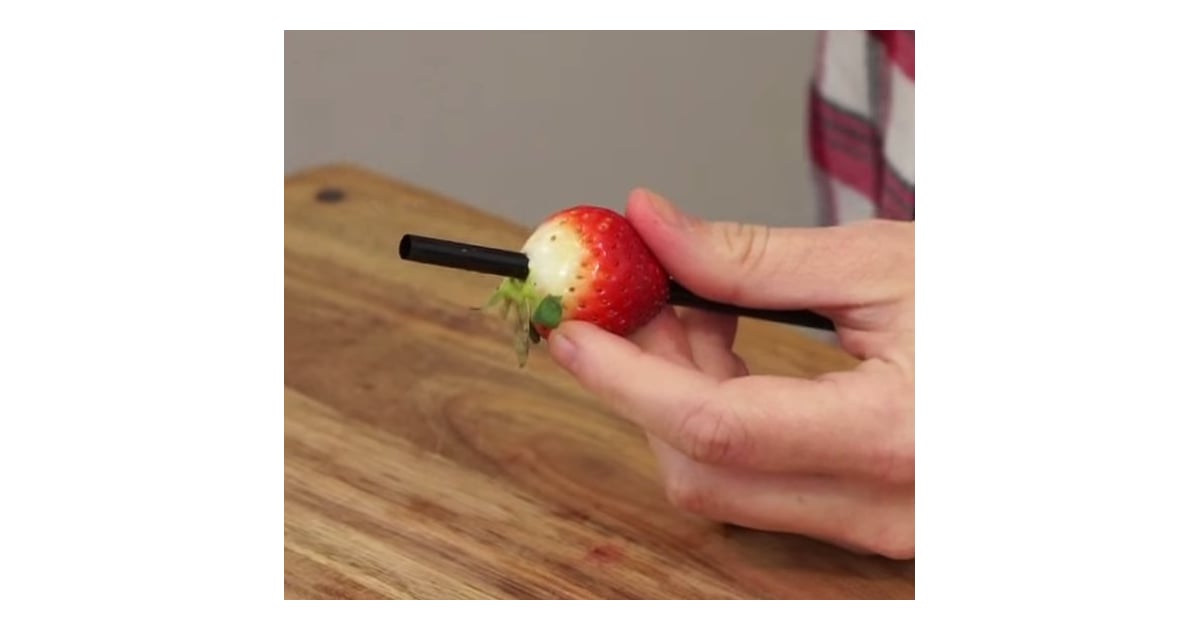

This is most common when haemangiomas are located in areas where there is pressure on the skin (e.g.

When this happens, haemangiomas can become painful and can bleed, particularly if knocked or infected. Sometimes the skin surface can ulcerate (develop a sore).
#REMOVING DRAWBERRY PROFESSIONAL#
Haemangiomas located around the mouth, nose, eyes or bottom (the anal and genital region) should be assessed by a health professional experienced with managing haemangiomas. If your child develops a haemangioma, always show it to your GP or paediatrician. Still there when the child is eight or nine years old.Ĭongenital haemangiomas are a separate type of haemangioma, which are fully formed at birth. Some stay the same size for many years and others go away over the first few months of life.Īnother much rarer type of birthmark called a vascular malformation is sometimes confused with haemangioma. These do not go away but grow with the child. They are true birthmarks that remain throughout a person's life. Some will have nearly gone by three years of age, while a small number (less than one in 10) are The time they take to disappear can vary. Some will go away completely, while others will leave behind an area of loose skin. Once they have stopped growing, haemangiomas start to shrink and fade.

Only occasionally do they keep growing after the child is 12 months old. Haemangiomas grow fast in the first few months, which can be alarming, but they then usually stop. Haemangiomas can also grow in internal organs. These behave in the same way as those on the skin, and are usually not a problem. Sometimes they have both a surface and a deep part.If they are deeper in the skin, they look like a bluish lump.If they are on the skin surface, they can look like a strawberry.They then become a flat, red patch, often with blood vessels you can see. They are often confused with a scratch or bruising related to birth trauma. Haemangiomas usually appear in early infancy. Therefore some haemangiomas require treatment, which may be However, sometimes they cause problems including ulceration, scarring, blindness and disfigurement. Haemangiomas usually don’t cause any problems, and will often shrink away over a few years even if they are not treated. Some children can have more than one haemangioma. Younger siblings will not have an increased risk of having a similar birthmark. One in 15 babies will develop a haemangioma. Haemangiomas are caused by an overgrowth of the cells that line blood vessels (arteries and veins). Haemangiomas can occur anywhere (often on the head and neck areas) and develop shortly after birth. They are sometimes called strawberry naevus because of their bright, red strawberry colour. Haemangiomas ( he-man-gee-omas) are a common type of birthmark that are usually red or purple.


 0 kommentar(er)
0 kommentar(er)
